|
John Tyman's Cultures in Context Series Torembi and the Sepik A Study of Village Life in New Guinea |
|
Topic No. 13: Family Life and Health ~ Photos 221 - 237 |
|
John Tyman's Cultures in Context Series Torembi and the Sepik A Study of Village Life in New Guinea |
|
Topic No. 13: Family Life and Health ~ Photos 221 - 237 |
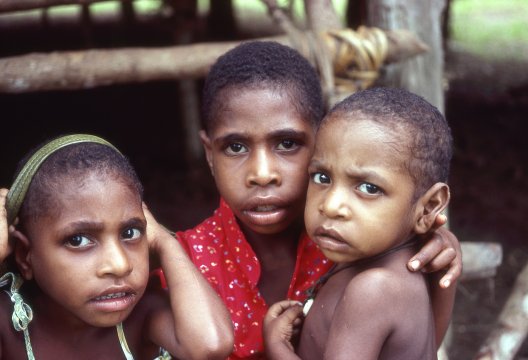 |
| 222. You would also know how sad it feels to loose someone you love, since many children die young. These girls are cuddling the only boy in their family to survive. |
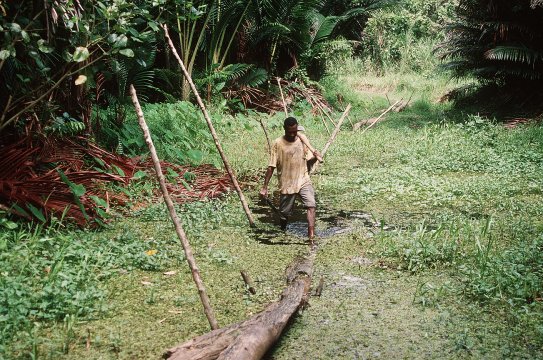 |
| 223. The millions of mosquitoes that breed in the swamps carry malaria and are more deadly than crocodiles! |
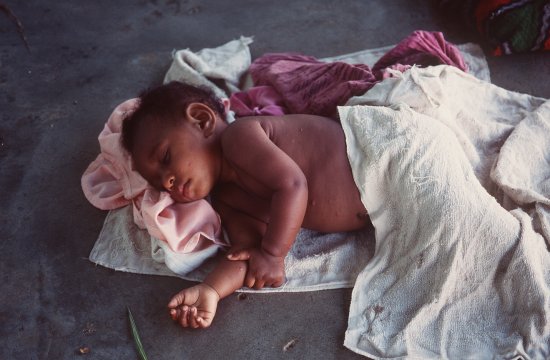 |
| 224. Almost everyone has malaria in Torembi. Grown-ups may be ill, off and on, for years before it kills them, but children with malaria often die at an early age. (Child resting.) |
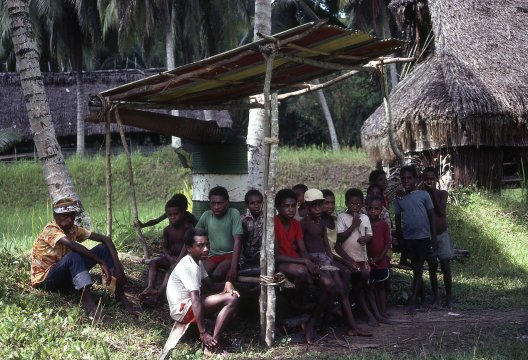 |
| 226. The other health problem is the water supply. The effort made by one man to catch rainwater is interesting in itself but impractical overall. |
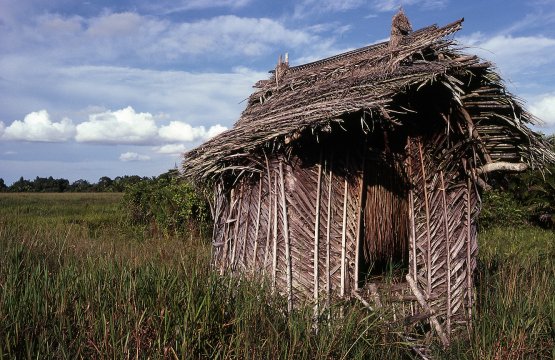 |
| 228. There are also a number of toilets dangerously close to its banks. The water is polluted, and people frequently get sick drinking it. (Haus pek pek) |
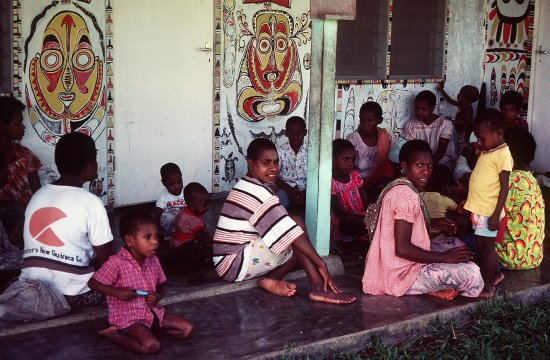 |
| 233. The 'haus sik', as they call it, is staffed by a trained nurse and an aide. They look after all sorts of medical problems – even sewing up wounds caused by bush knives and axes in tribal fights. |

![]()
Text, photos and recordings
by John Tyman
Intended for Educational Use
Only.
Copyright Pitt Rivers Museum,
Oxford University, 2010.
Contact Dr.
John Tyman for more information regarding licensing.
![]()
Photo processing, Web page layout,
formatting, and complementary research by
William Hillman ~ Brandon, Manitoba
~ Canada
www.hillmanweb.com